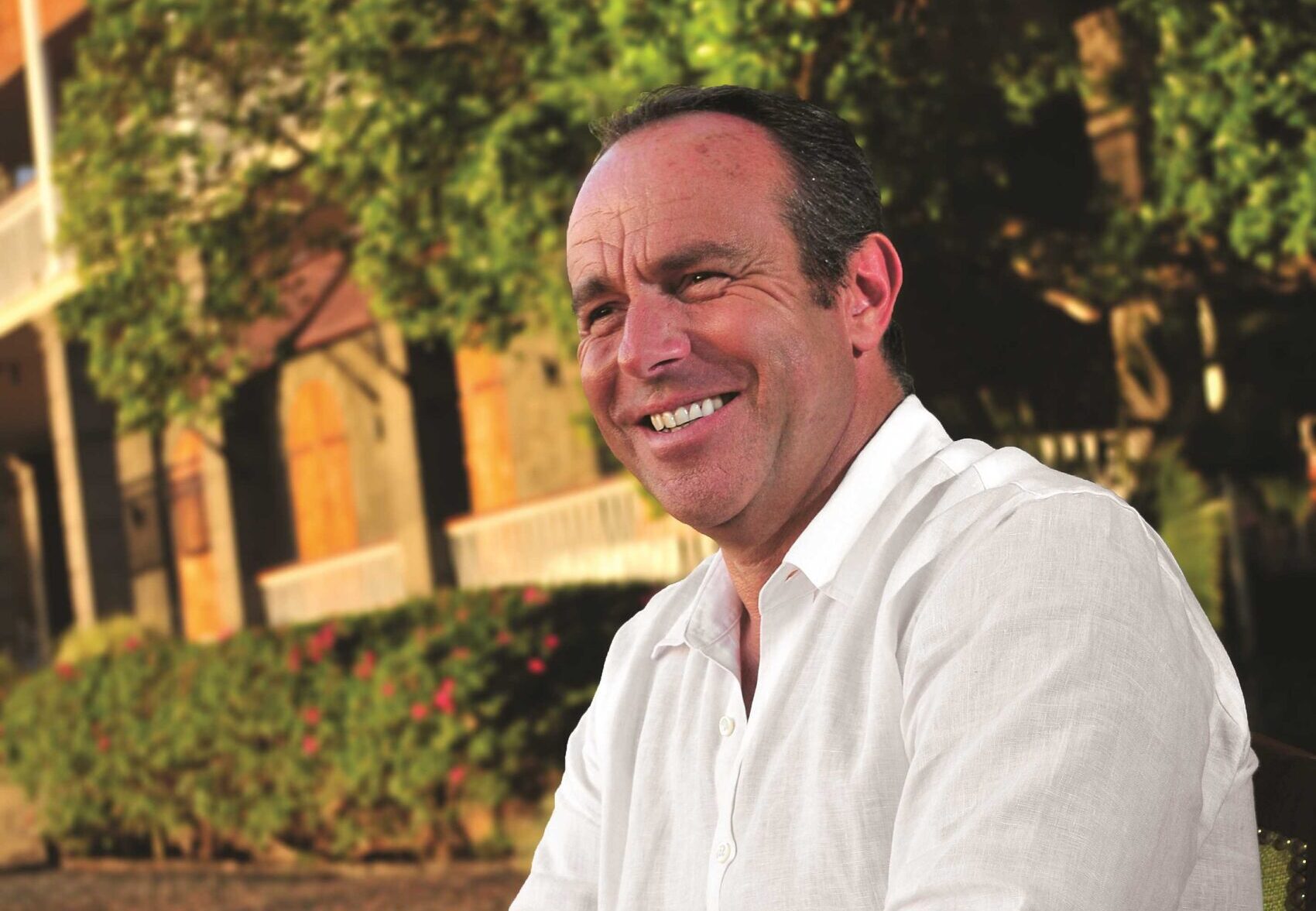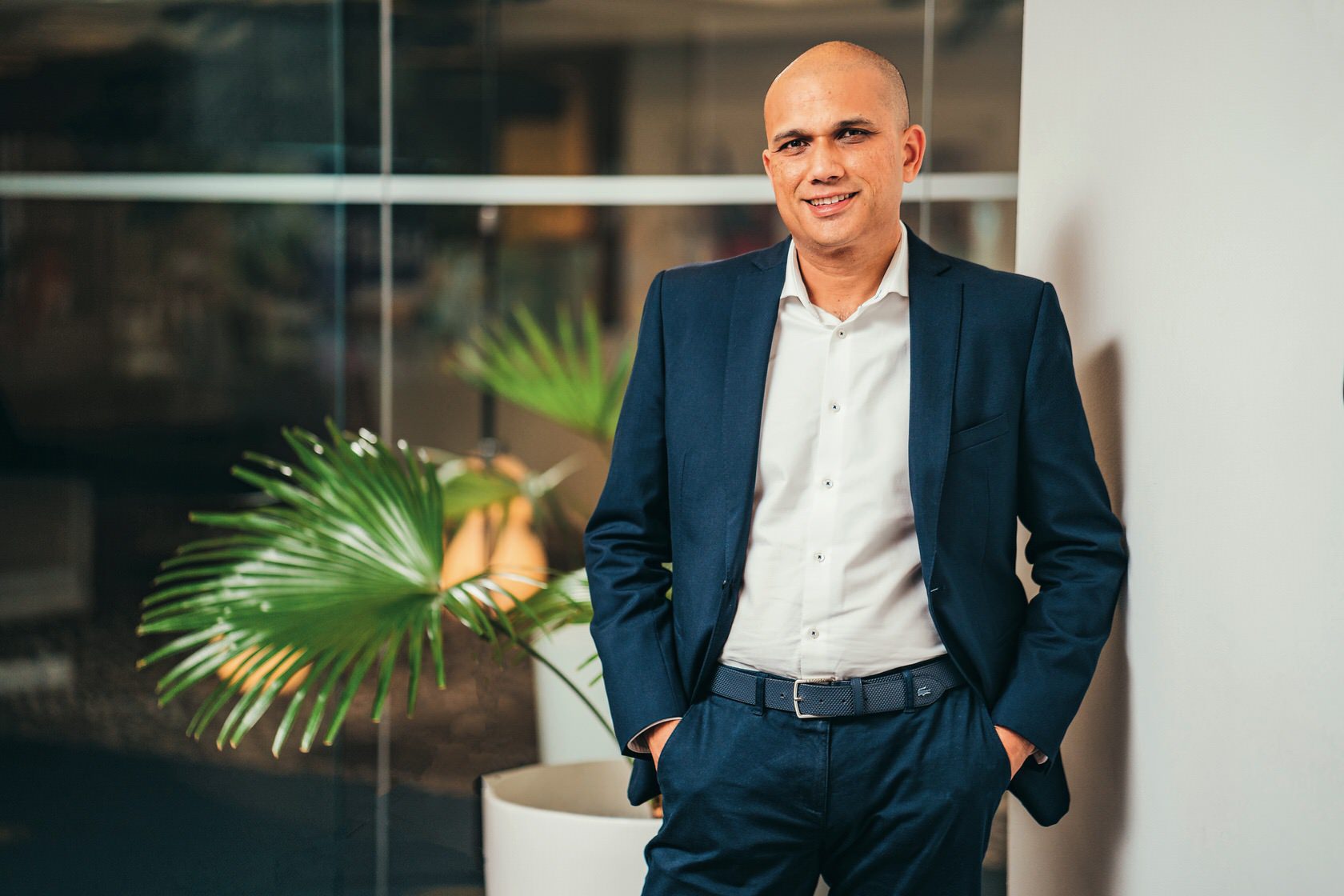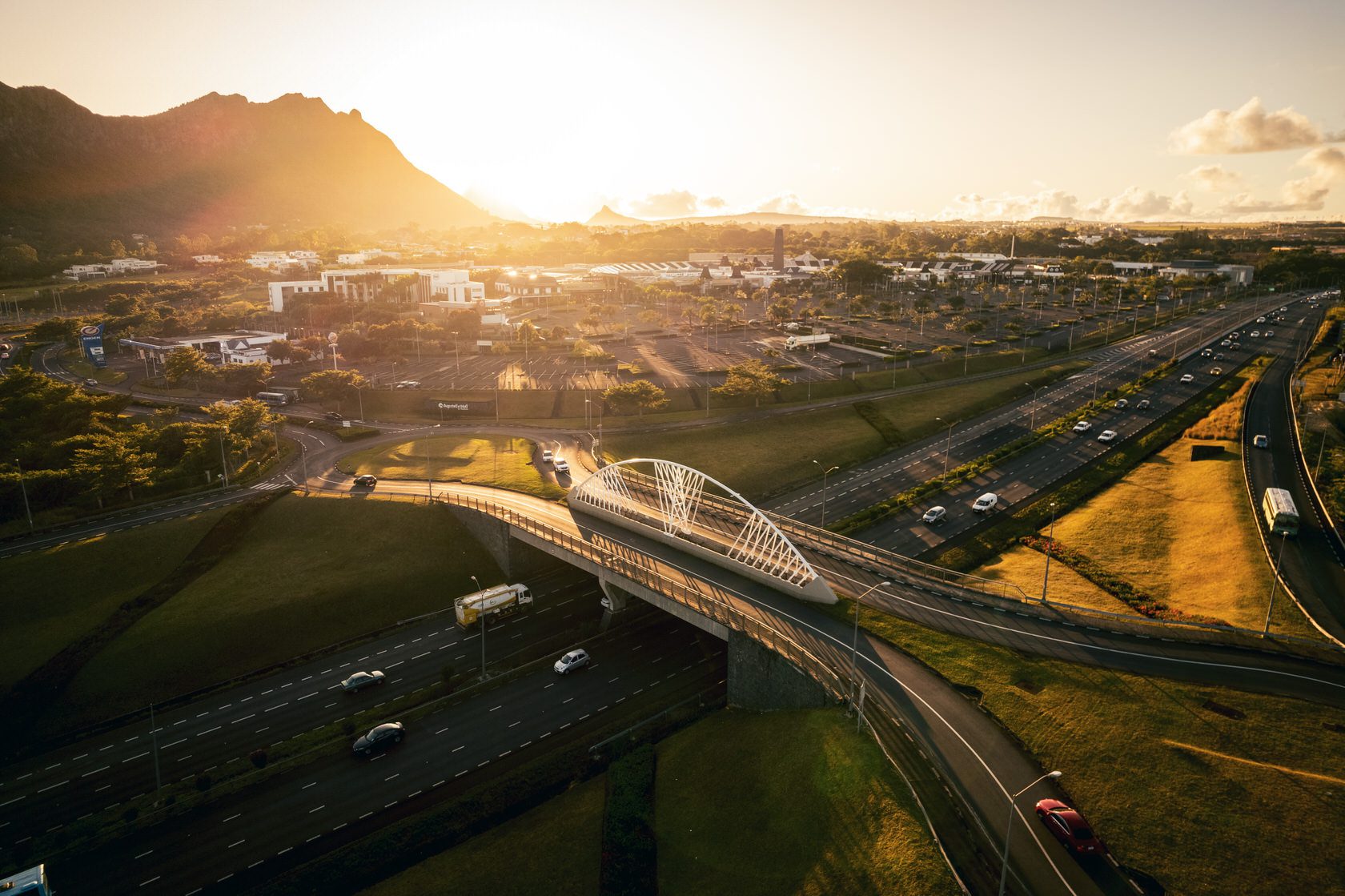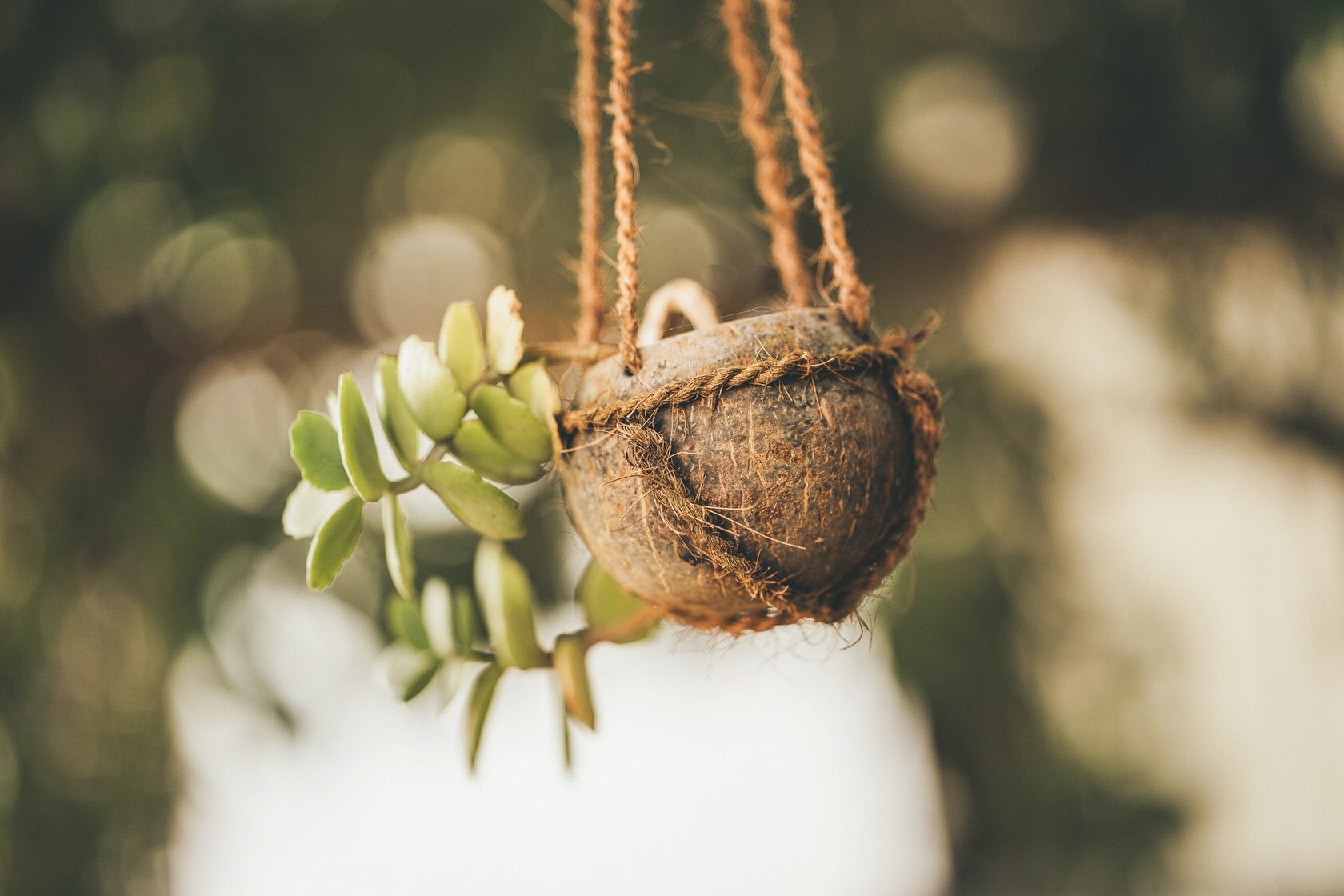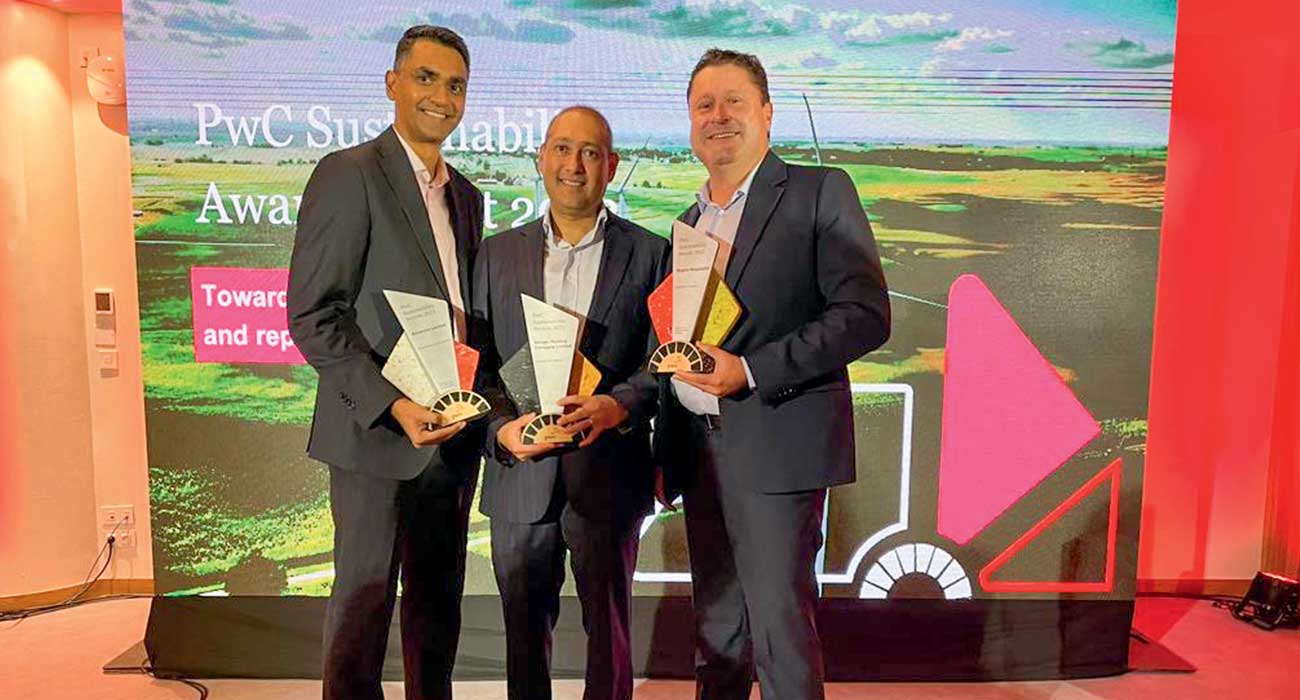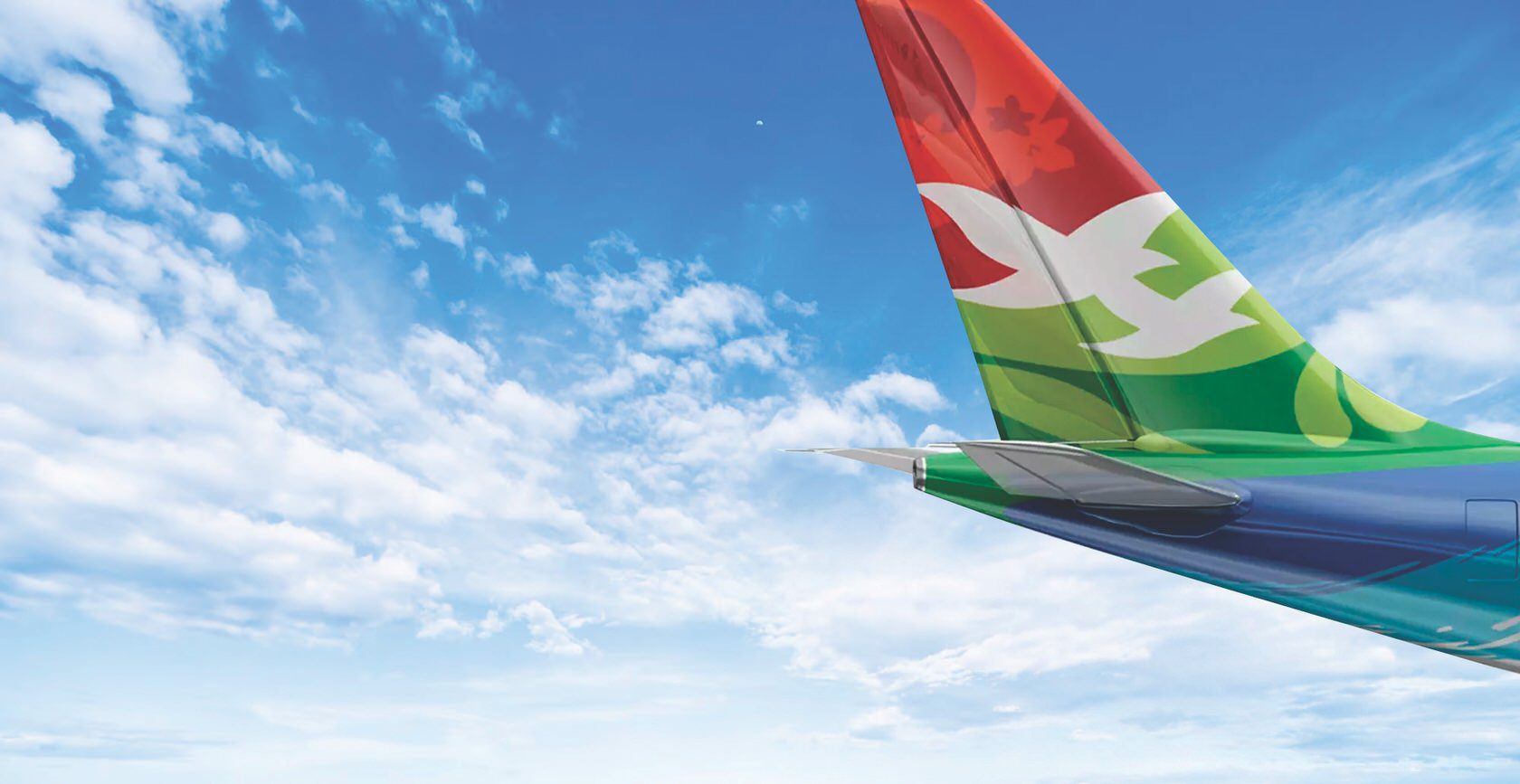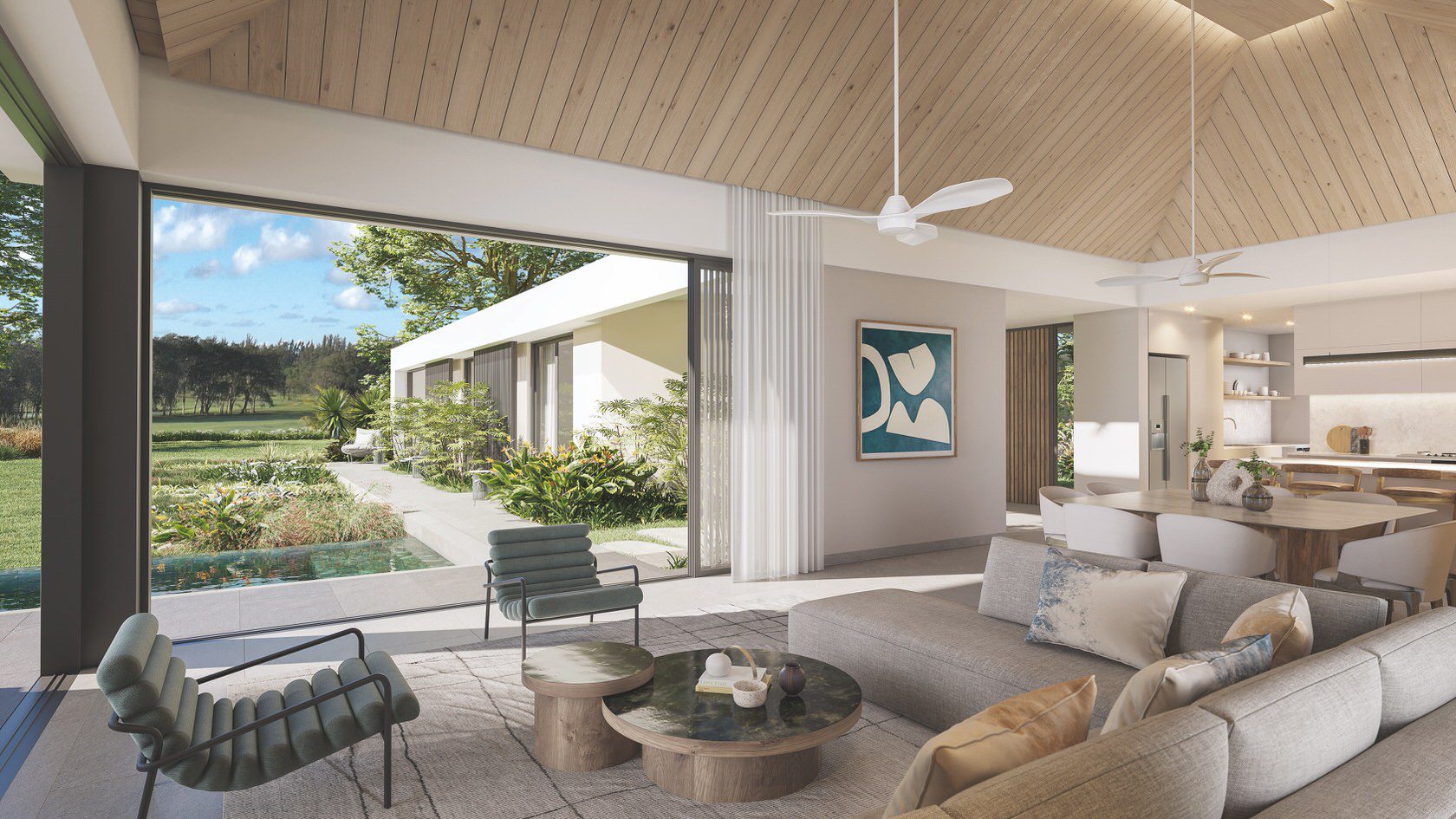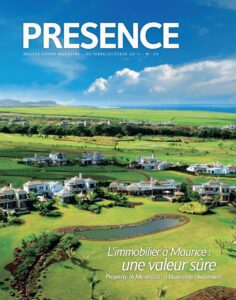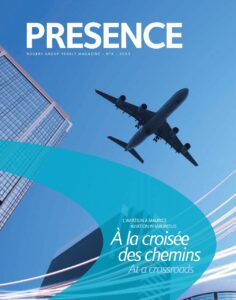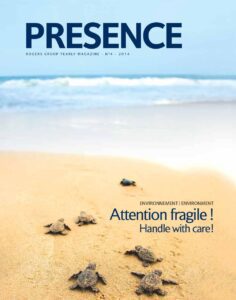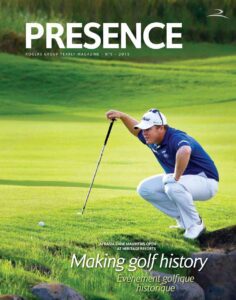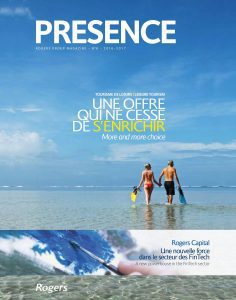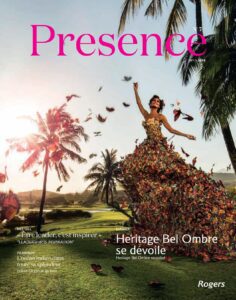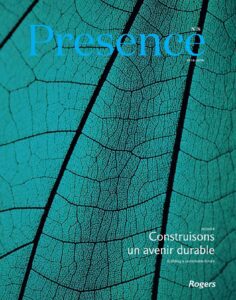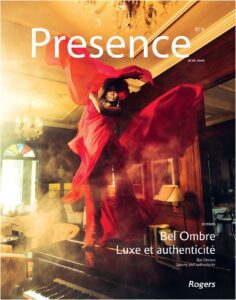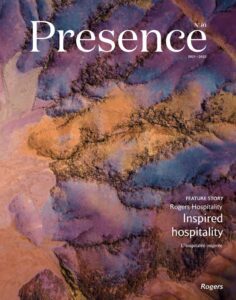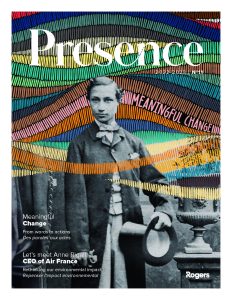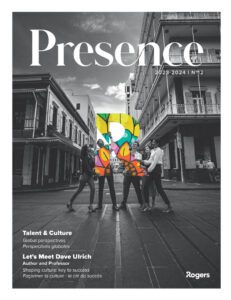The former Guides Michelin managing director, an international expert on hotels and fine dining, has made a spectacular return to Mauritius, where Veranda Leisure & Hospitality has assigned him the task of raising Heritage brand services to new heights.
A star again shines over Mauritian luxury hotels. It’s a small world, with an international reputation for quality service, and now one of its past masters, Jean-Luc Naret, has returned to join Veranda Leisure & Hospitality (VLH), owner of the Heritage Resorts and Veranda Resorts brands, after six years at the head of the Guide Michelin publishing company. His mission is to co-ordinate and manage the Rogers Group’s Heritage brand at Domaine de Bel Ombre in the South of the island.
With thirty years international experience in the hotel industry, the Frenchman has established a strong reputation for his expertise in the luxury hotel and restaurant sector. He is also well-known in Mauritius, where he proved his worth running two prestigious hotels, the Saint Géran and The Residence Mauritius. This time his objective is to develop the synergies between the various Heritage Resorts’ activities on the 620-acre site which houses two five-star hotels Heritage Le Telfair Golf & Spa Resort and Heritage Awali Golf & Spa Resort, Heritage The Villas and Heritage Golf Club, the C Beach Club, the Chateau of Bel Ombre, the Frederica Nature Reserve, two spas and eleven restaurants.
Reporting to VLH’s François Eynaud, Jean-Luc Naret aims “to position the Domaine de Bel Ombre on the world tourism map”. A few weeks before taking up his post, he talked to us about what motivates him and revealed the abundant enthusiasm which has driven him throughout his outstanding career working for prestigious organisations.
Jean-Luc Naret, what has brought you back to Mauritius?
Mauritius has long been my second home. My first post as General Manager, at the Saint Géran when I was 29, left an indelible impression on me. I was greatly struck by the attitude and kindness of Mauritians. During my four years at the helm of the legendary hotel, I was fortunate enough to be able to work on a number of ideas which afterwards became the norm within the Group.
A few years later, when I was given the opportunity to return to Mauritius to develop The Residence Mauritius, I was able to realise my wish to create a different kind of hotel with a new style, with features in common with luxury hotels of days gone by. It also gave me the chance to spend another four and very happy years in this country of which I’m so fond.
The eight years I’ve spent in Mauritius have produced such a strong attachment that I have to stay in touch, returning here each year on holiday – and I’ve enjoyed each trip more than the previous one. I’ve been delighted to notice that, despite the growing number of tourists, the island and its inhabitants have managed to retain their legendary friendliness and sense of hospitality.
When I received a call from Rogers about the Bel Ombre project, I was surprised and very interested in finding out more about this development, unique in Mauritius. After a week spent on the site and discussing a joint vision for the future, I finally had great pleasure in agreeing to return yet again to Mauritius with the aim of positioning the Domaine de Bel Ombre on the world tourism map.
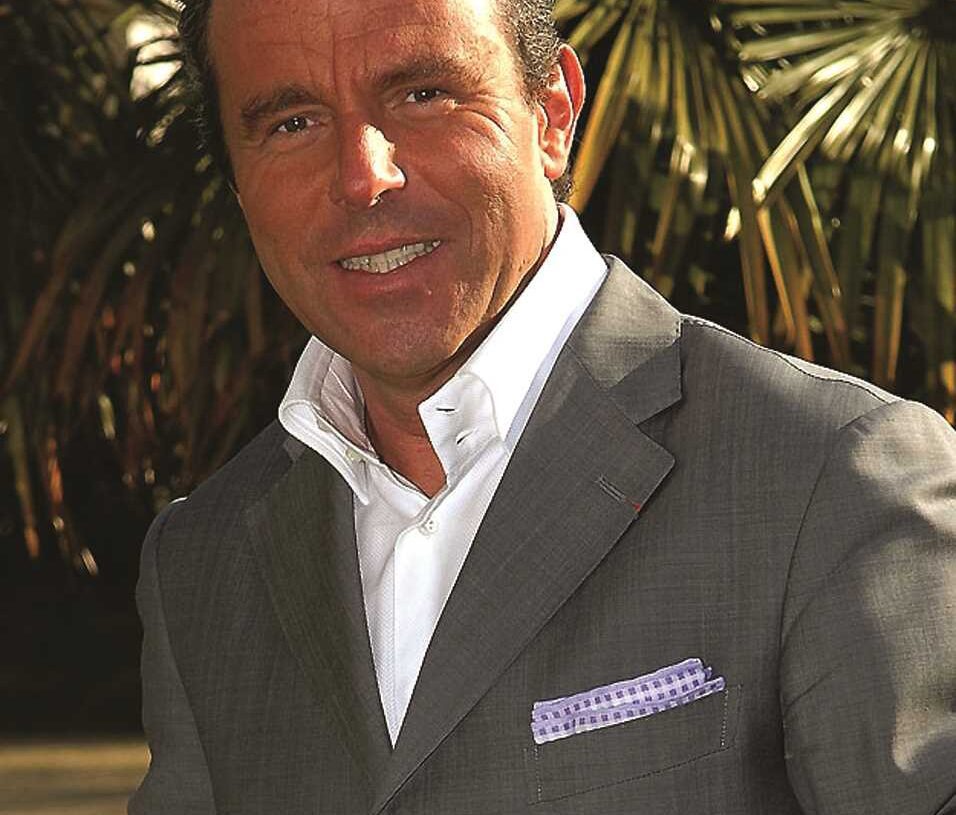
Isn’t the tourism map on which you wish to position Bel Ombre to some extent one which Jean-Luc Naret has himself drawn?
I presume you’re referring to the fact that between 2003 and 2010 Michelin publications expanded considerably internationally with the arrival of Red Guides to new destinations outside Europe. It’s true that the little book sells more than a million copies nowadays in the United States, from New York to San Francisco, Los Angeles, Las Vegas and Chicago, in Japan (particularly in Tokyo and Kyoto/Osaka), and in China, notably Hong Kong and Macau. Before that, my career, or rather my encounters, led me to work in various parts of the world. Besides, since my early childhood, as I recall, I’ve always been fascinated by grand hotels and their atmosphere of luxury.
How do you become Jean-Luc Naret?
After I left the Paris Hotel School, I worked at the Grand Hotel in Torquay, in the South of England. I was the only French person and it was there I really learnt English – and appreciate beer. After a year, I was recalled to France to carry out my military service and I was lucky enough to serve in the Air Force. It gave me the opportunity to travel in Africa, and to the Caribbean and the United States, mainly Los Angeles, where I was able to spend quite some time with a NATO passport.
Once I was ‘released’, I first worked on the Venice- Simplon Orient Express looking after the dining side before I was promoted in charge of all the train services, at the head of a 95-strong team looking after 190 passengers.
After two years on the world’s most famous train journey, I was offered a return to Paradise running the restaurants and bars of the Bora Bora Hotel, which shortly afterwards became part of the Amanresorts group. Of my stay in Tahiti, I particularly recall Conde Naste’s very favourable comments on the service – and the staff who worked bare-foot. It was then back to Paris to work alongside Raymond Marcellin, who taught me a great deal about paying attention to detail during the four years I spent at the Hotel Bristol.
And next was your first sojourn in Mauritius….
I was 29 when I was recruited for the post of General Manager at the Saint Géran in Mauritius. The hotel had had 18 different GMs in 18 years. I stayed for four years during which time I had the opportunity to introduce management techniques which have since become the norm at One&Only. Sol Kerzner then asked me to become involved in the launch of the Atlantis project in the Bahamas, in driving the re-opening of Paradise Island. Less than a year later, I decided to return to Europe for family reasons. I then spent a period at the Trianon Palace in Versailles but it didn’t last long because of problems encountered by its Japanese shareholders, which were frankly beyond me. So it was back to Mauritius, with my family. The owner of the Sheraton in Singapore entrusted me with driving the building of a colonial-style hotel with a spa, the first on the island, and providing service standards worthy of the grand hotels of former times. I spent two years preparing The Residence Mauritius for opening. For a further two years, I enjoyed bringing in innovations at the head of one of the most luxurious hotels which was to act as a benchmark for the creation of a chain that I think of as something of my baby.
I was then offered the job of launching the Burj-Al-Arab, but I turned it down. The Dubai project was too badly organised for my taste and I chose rather to take up an offer from the Irish owners of the Sandy Lane in Barbados. They had been looking for someone able to make something of the 450 million dollars they’d invested. That led to some quite impressive experiences. I shall never forget the marathon recruitment exercise we undertook – we had three days to select ‘the best employees for the best resort in the world’, from 4,500 candidates. After a year, we had achieved an 87% occupancy rate with an average rate of 1,300 dollars.
It was a success of which I think I can rightly feel proud. For the sake of my children’s education, I then chose to return to Europe. His Highness the Aga Khan then offered me the job of developing his Serena hotel chain around the world. As it involved a lot of travelling in Africa and Asia, I had to refuse it. It was just the time when Michelin decided to recruit a Managing Director for its publications, an outsider, for the first time. After three months spent in Clermont Ferrand getting a feel for the philosophy of the world’s number one tyre-makers and as much time again with some of their famous inspectors around Europe, I took up my post in Paris. Between 2003 and 2010, I gave 2,000 interviews and travelled 240 times a year. And now I can say, ‘Mauritius, here I am again.’
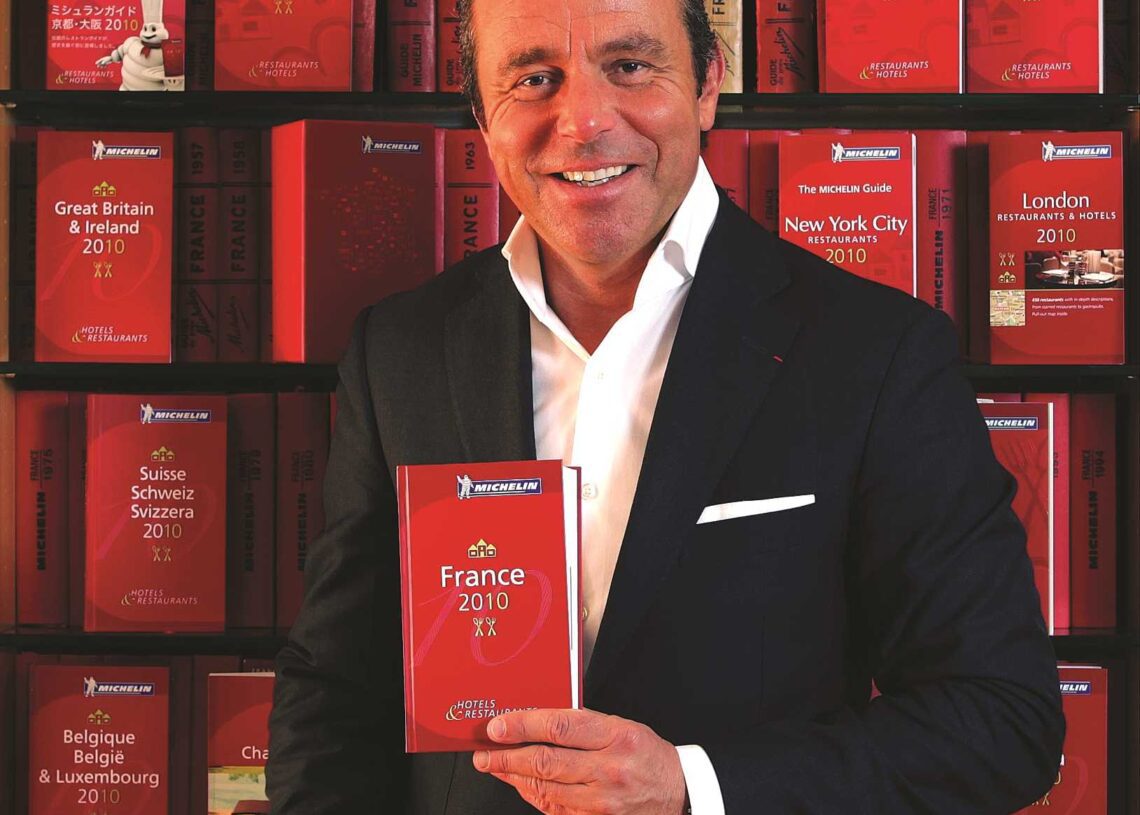
What is your vision for Bel Ombre and the Heritage Resorts brand?
We can use the Heritage brand to differentiate our two hotels in terms of positioning in an ultra-competitive market. The contribution of the brand to the letting out of Heritage The Villas enables us to offer guests an ultra-luxurious alternative with all the hotel services available, a dream setting with one of the most beautiful golf courses in Mauritius and with incomparable views.
We offer Heritage guests an alternative in terms of accommodation and an unbeatable offer in terms of dining with 11 restaurants on the Domaine, as well as a unique range of services, with our golf course, our two spas, our Beach Club and our Frederica Nature Reserve. It’s a great venture, with the Domaine de Bel Ombre’s 1,000 strong team on hand to make it a really exceptional place.

